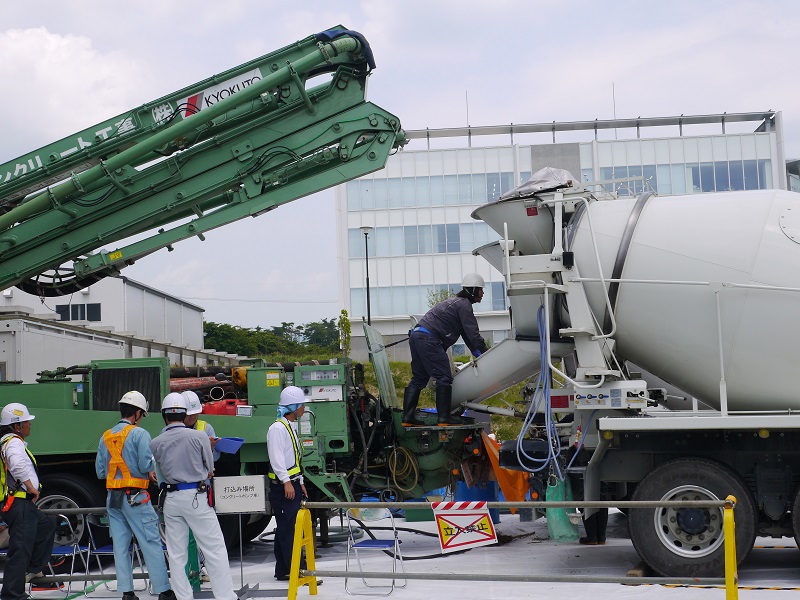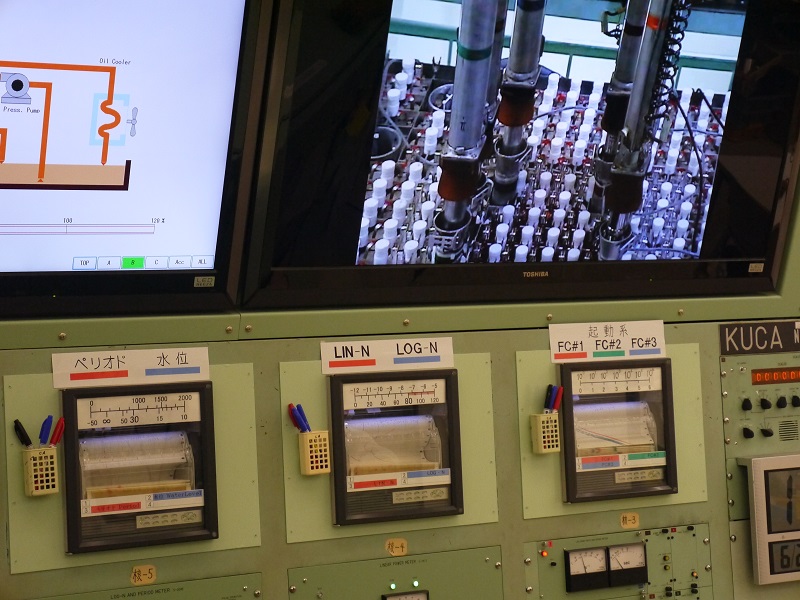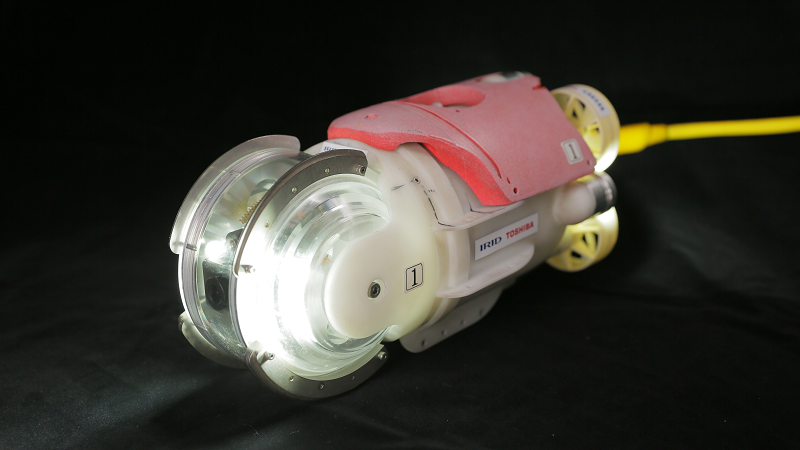
Full-scale testing of PCV Leakage Point Repairing Technology : Full-scale testing of Water Stoppage Technology by Filling in Suppression Chamber (S/C) [IRID / TOSHIBA] (June 24, 2017)
Jun.24,2017

IRID is engaged in the ongoing development of technology for repairing leakage points in Primary Containment Vessels (PCVs), under a project sponsored by the Ministry of Economy, Trade and Industry (METI) for the FY 2016–2017 period, aimed at the decommissioning of the Fukushima Daiichi Nuclear Power Station (NPS). As part of this project, IRID conducted tests to stop water leakage in the suppression chamber (S/C) by injecting concrete.
Development of technology for criticality control in fuel debris retrieval: Development of “critical approach monitoring method” using Kyoto University Critical Assembly (KUCA) (June 21, 2017)
Jun.21,2017

It is confirmed through the monitoring system that fuel debris is not currently in a critical state. Since the shape of fuel debris and water level may change during fuel debris retrieval in the future, the possibility of criticality configuration is considered to be very small. However, we are promoting development of sub-criticality monitoring technology and criticality prevention technology to ensure prevention of criticality, and also safely terminate criticality, even if it occurs.
Investigation inside Primary Containment Vessel (PCV): Development of Submersible Crawling Robot to Survey inside PCV of Fukushima Daiichi Unit 3 [Development by TOSHIBA] (June 15, 2017)
Jun.15,2017

As part of the decommissioning activities for the Fukushima Daiichi Nuclear Power Station, operated by Tokyo Electric Power Co., (TEPCO), a small submersible crawling robot was developed to investigate the internal surroundings of the pedestal, under the Reactor Pressure Vessel (RPV), in the PCV of Unit 3, where coolant water had accumulated. The robot was released to the media on June 15, 2017.







